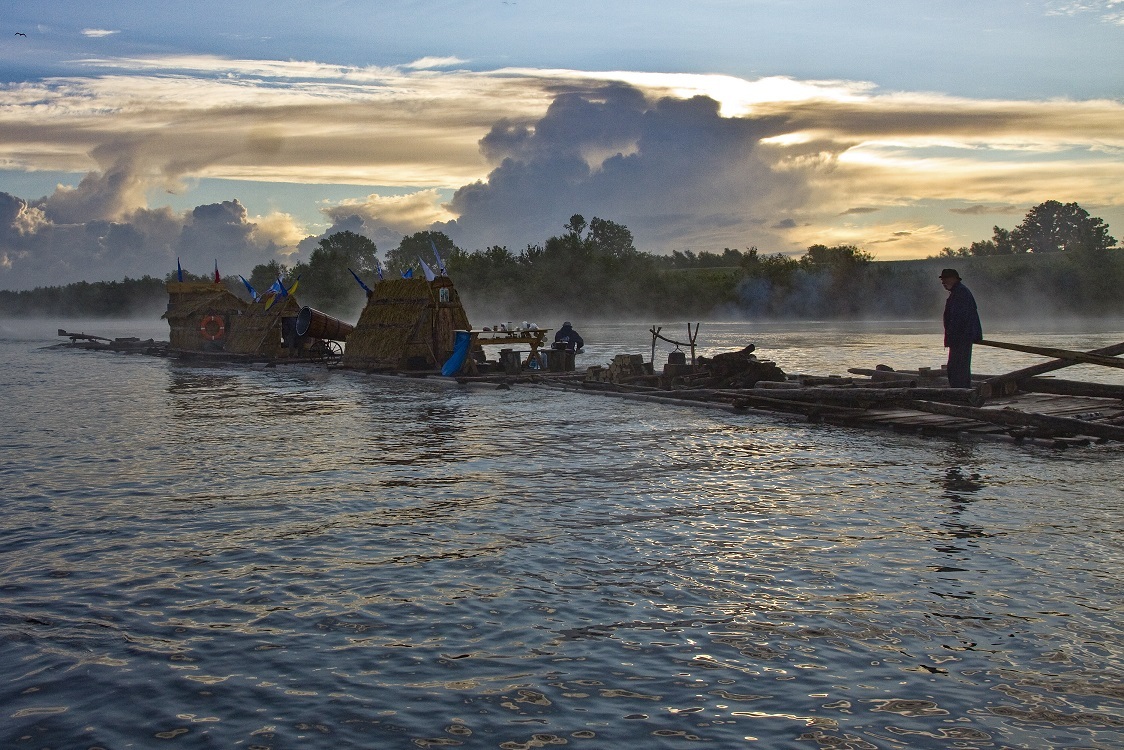The rafting tradition has been inscribed on the UNESCO Representative List of the Intangible Cultural Heritage of Humanity. The application for entry was submitted by six countries – Poland, Austria, the Czech Republic, Germany, Latvia and Spain. The work coordinated by the Polish Ministry of Culture and National Heritage took more than two years.
“Our extremely rich and valuable Polish cultural heritage has once again been appreciated at the UNESCO forum. It is a great joy and a reason to be proud for us”, said the Minister of Culture and National Heritage Piotr Gliński, referring to the decision taken by the Intergovernmental Committee for the Safeguarding of Intangible Cultural Heritage during its 17th session in Rabat, Morocco.
The Representative List is a list of practices and phenomena from around the world that help showcase the diversity of intangible heritage and raise awareness of its importance. Entries on the list are made by the Intergovernmental Committee for the Safeguarding of Intangible Cultural Heritage. Timber rafting is already the fifth Polish entry on the UNESCO list. As of 2018, Cracovian nativity scenes, bee-keeping culture, falconry and flower carpets prepared for Corpus Christi processions have been inscribed there.
In its justification for the entry decision, the Committee praised the applicants, emphasising the exemplary cooperation of the countries submitting the joint application and the great involvement of the communities and depositories in the process of preparing the nominations, as well as activities for the protection and transmission of traditions.
Rafting in Poland has a particularly long history and rich tradition in the Podkarpackie Voivodeship, currently cultivated by the rafters from Ulanów, grouped in the St Barbara’s Rafting Brotherhood, the depositaries of the entry. Ulanów, located at the mouth of the Tanew River into the San, was a significant rafting centre from the 16th century. Rafts were repaired and built there, and raftsmen were trained. They later ran rafts down the San, Wieprz, Bug, Narew and Vistula rivers to Toruń, Grudziądz and Gdańsk.
Arkadiusz Słomczyński





